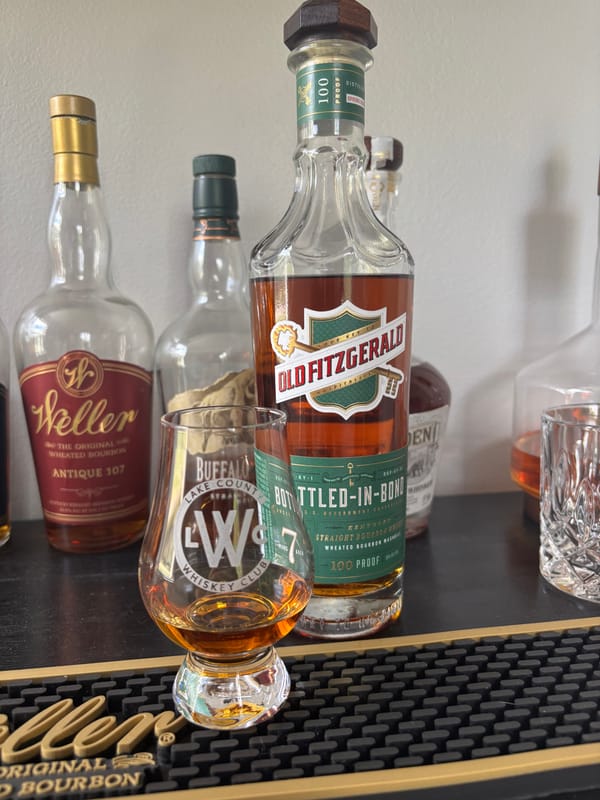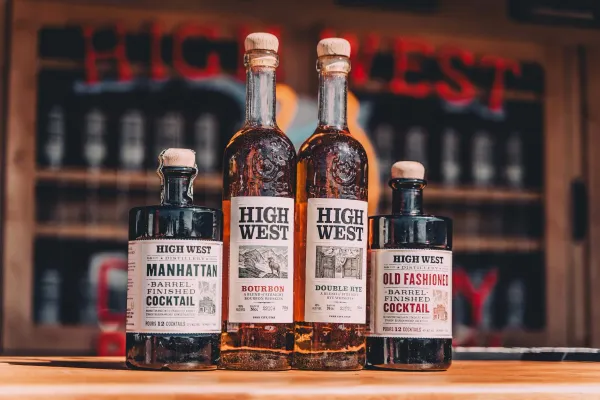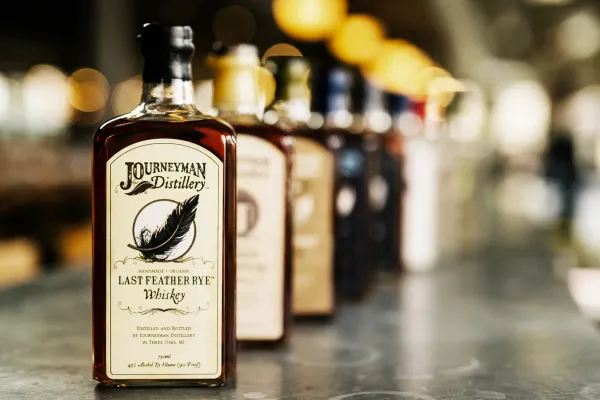Whiskey Age Statement Regulations: The Time You’ll Wish You’d Counted Sooner

Age Statement Regulations: The Whiskey Years You Can’t Skip
Age statements on whiskey bottles aren’t just numbers. They’re the legal time markers that guarantee a spirit’s maturation and depth. If you don’t know these regulations, you’re missing the years that define every sip. For whiskey enthusiasts eager to value maturity, this is the solid truth about whiskey age statement regulations, grounded in legal standards and craft, and a 2025 must-know.
What Are Whiskey Age Statement Regulations?
U.S. law requires straight whiskey (bourbon, rye, etc.) to age at least two years, with labels stating the youngest whiskey’s age if blended. Scotch and Irish whiskey (Scotch Whisky Regulations 2009, Irish Whiskey Act 1980) mandate three-plus years in oak, with age statements reflecting the youngest component in blends or single malts. Age, tracked from barrel entry (125 proof max for U.S.) to bottling (80 proof minimum), ensures oak-driven flavors like vanilla or spice, developed in climates like Kentucky (20-100°F) or Scotland (40-65°F).
How Age Statements Shape Whiskey
A straight bourbon labeled “4 years” guarantees at least four years in new charred oak, delivering rich caramel from corn (51% minimum) in humid rickhouses. A Scotch single malt labeled “12 years” ensures three-plus years, often 12, in reused oak, yielding complex malt and fruit in cooler conditions. Age statements, mandatory for claimed ages, prevent misleading claims, with longer aging (four to eight years) intensifying oak tannins or softening raw alcohol. Legal compliance ensures flavor depth in whiskeys at 80-120 proof, reflecting fermentation (8-10% ABV) and distillation (160-190 proof max).
Why Age Statements Matter for Your Sip
A bourbon at 80 proof, aged four years, offers deep toffee warmth, while a Scotch at 86 proof, aged 12 years, delivers intricate malt, per legal standards. Missing age statements obscure maturity. Every sip reflects the years’ legal truth, making your next bottle a mature expression of its time.
Why Age Statement Regulations Matter in 2025
Whiskey age statement regulations are the spirit’s timekeepers. By 2025, understanding these standards could make every sip a clear taste of matured craft, from bold to refined. It’s the truth in the years, so don’t miss the time.
Check out NEAT: Whiskey Finder—it’ll help you track down bourbon and whiskey near you.





